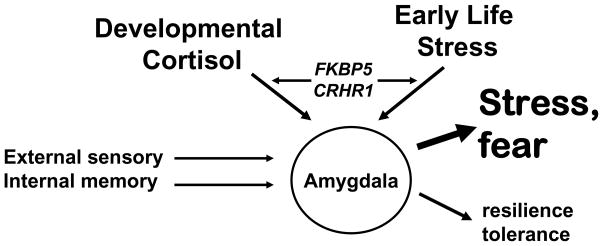Figure 6. Early Life Stress – HPA axis Gene Interaction.
This diagram represents the function of the adult amygdala. It continually compares neural inputs containing external sensory information with emotion-related internal memory to rapidly activate systems leading to tolerance to aversion and resilience vs. the fight or flight, fear and stress reaction. The data reviewed here suggests that with sufficiently supportive development, a dynamic amygdala-dependent emotional circuit is created allowing proper interpretation of threat responses. In contrast, child abuse combined with biological risk factors (e.g. increased stress-dependent cortisol interacting with FKBP5 or CRHR1 polymorphisms) may lead to an adult amygdala-dependent emotional circuit that is always ‘primed’ for stress responsiveness. It is hypothesized that this latter hyper-active stress response may, in the presence of adult trauma, lead to a higher risk for trauma-related psychopathology.

